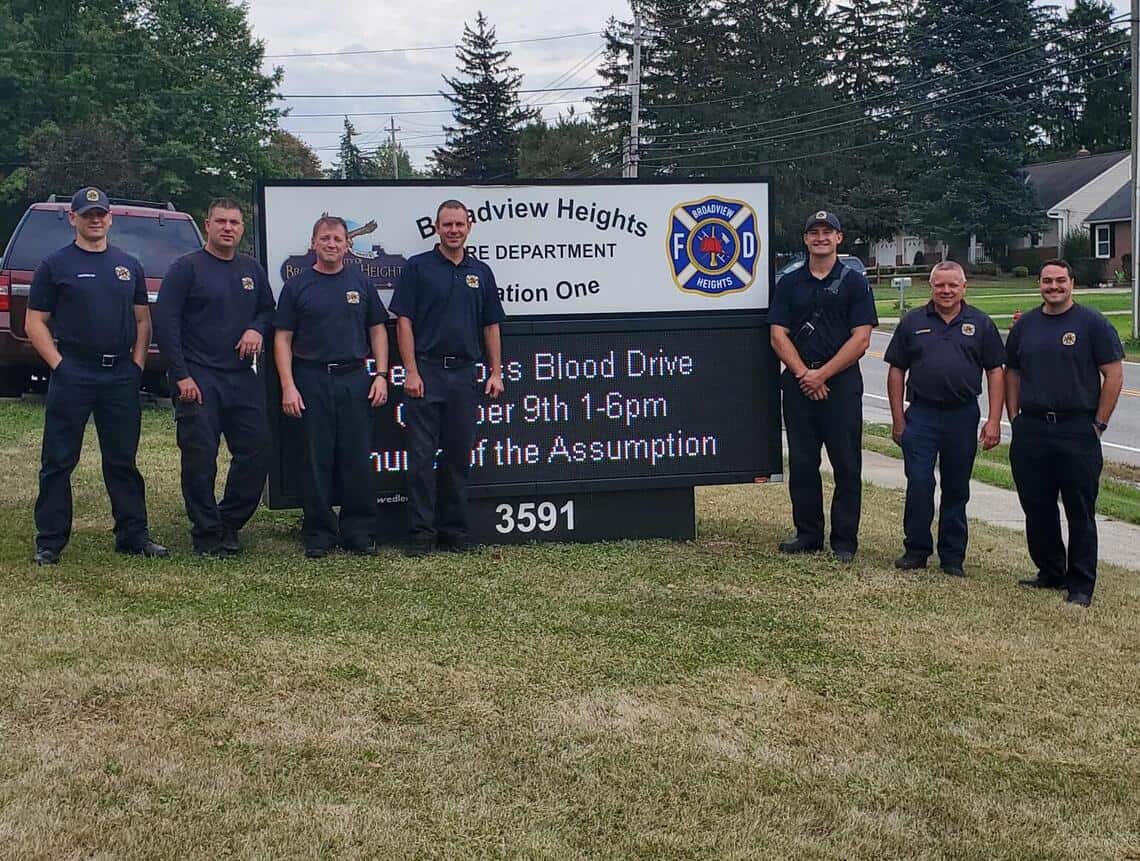Fire Prevention Safety Education Resources

Fire Safety Tips & Info to Prepare You and Your Family
Understanding and implementing fire safety tips is paramount for safeguarding lives and property. By reading our fire safety tips and exploring our resources, you gain valuable knowledge on preventing fires, responding effectively in emergencies, and creating a secure environment for yourself and others.
Being well-informed about fire safety not only helps minimize risks but also empowers you to take proactive measures, ultimately contributing to a safer community. Regularly accessing and applying these resources ensures that you are prepared to face potential fire hazards and play an active role in promoting fire safety awareness.
Basic Fire Safety Tips You Should Know
Learn More From Our Fire Safety Partners
American Burn Association
The American Burn Association and its 2,500+ members worldwide focus on advancing burn-related research, education, care, rehabilitation, and prevention. This multidisciplinary approach fosters collaboration with other organizations to achieve common goals in educational programs.
Visit ABA
Sparky by NFPA
Sparky the Fire Dog is the National Fire Protection Association's official mascot and spokesdog, resonating with both children and adults as a beloved fire safety icon. Through educational programs and an interactive website, sparky.org, he provides a safe space for kids to explore and learn about fire safety.
Visit Sparky
Fireworks Safety
Fireworks are beautiful and be fun to shoot off but only when knowledgable individuals are handling the show. Learn about the danger fireworks pose, the potential accident rates and how to launch a safe show that will wow your community. Plus, see dynamic displays from around the world.
Visit Fireworks Safety
Ohio Association of Professional Fire Fighters
Members of the Ohio Association of Professional Fire Fighters have been safeguarding citizens and property across the Buckeye State, with the OAPFF consistently ensuring the well-being and interests of these first responders. They cover everything from benefits to peer support for those on the front lines.
Visit OAPFF
MetroHealth Burn Care Center
The MetroHealth Burn Care Team, one of Ohio's two verified adult and pediatric burn centers, provides specialized care from the onset of a burn injury through full recovery, treating over 1,700 burn injuries annually. From care to ongoing support groups, they manage a wide range of burns, fostering survival even in cases with extensive body coverage.
Visit MetroHealth
Northern Ohio Fire Fighters
Northern Ohio Firefighters Charities was founded to aid individuals in need. The funds raised by the charity directly contribute to improving lives, whether it's aiding a firefighter battling a debilitating disease, helping a family displaced by fire, or supporting medical expenses for a child with cancer.
Visit NOFF
Phoenix Society
Phoenix Society serves as a comprehensive resource for burn survivors, caregivers, professionals, and anyone committed to empowering the burn community and fostering a safer world. Offering a one-stop-shop with support services, on-demand resources, and virtual toolkits, Phoenix Society connects thousands to the necessary support.
Visit Phoenix Society
American Red Cross
The American Red Cross actively fulfills its mission by providing shelter, food, and comfort to disaster-affected individuals, supplying a significant portion of the nation's blood, imparting life-saving skills, distributing international humanitarian aid, and offering support to veterans, military members, and their families.
Visit Red Cross
Asbestos.com by The Mesothelioma Center
Firefighters confront particularly high risks of asbestos exposure, leading to an increased incidence of asbestos-related diseases like mesothelioma. The Mesothelioma Center offers support for firefighters dealing with occupational cancer and strive to mitigate toxic exposure in their work environments.
Visit Asbestos.com
We Offer Mobile Fire Safety Education!
Sign up an ACBC Fire Safety House to come to your school, community center or event.
Request a House
Learn About the Program